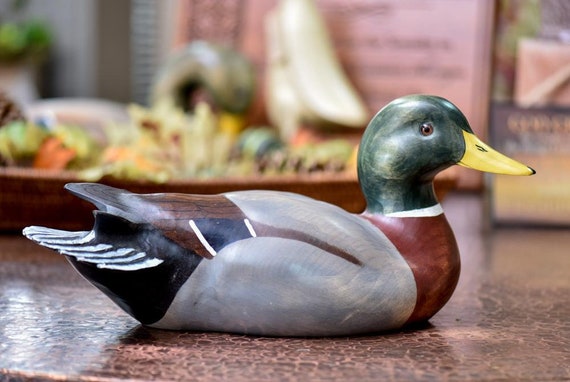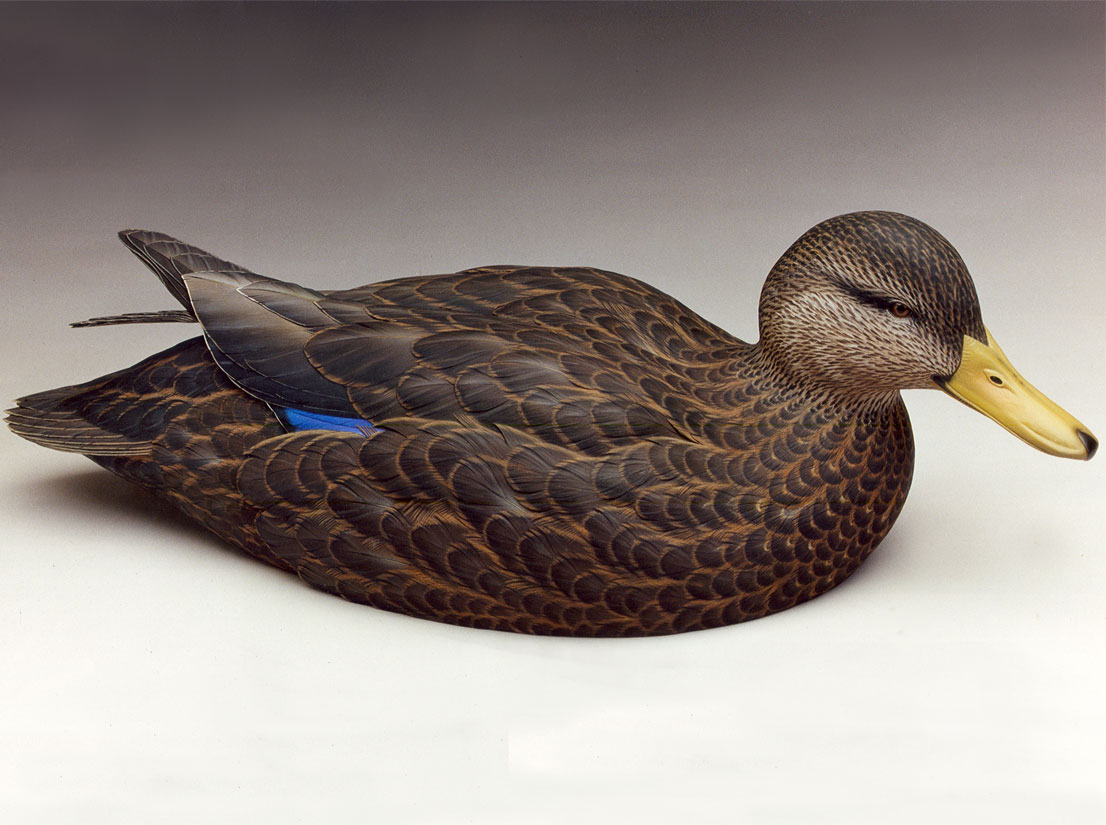Welcome to the fascinating world of decorative duck decoys! As a passionate collector and admirer of these charming pieces, I’m excited to share insights into their rich history, various styles, and the joy of collecting. Whether you’re a long-time hobbyist or a curious beginner, this guide will provide you with everything you need to know about the world of decorative duck decoys.
What Are Decorative Duck Decoys?
Decorative duck decoys are crafted representations of ducks and other waterfowl primarily made for display purposes. While they began as functional items used in hunting to attract real ducks, over time they have evolved into beautiful art pieces cherished by collectors and decorators alike.
History of Duck Decoys
The history of duck decoys goes back centuries. Native Americans were among the first to create them, fashioning decoys from reeds and other natural materials. Their purpose was to lure ducks into hunting grounds. By the 19th century, wooden decoys became popular, with skilled artisans creating intricate and realistic designs.
The Evolution of Duck Decoys
Today, decorative duck decoys serve primarily as art and collectible items. While some are still used in hunting, many enthusiasts appreciate them for their craftsmanship and aesthetic appeal. The decoy-making tradition has transitioned into a respected art form, with contemporary artists putting their spin on traditional styles.
The Art of Decoy Making
Creating a duck decoy is both an art and a craft. The process involves selecting the right materials, shaping the body, and painting it to resemble a real duck. Here’s a brief overview of how these beautiful pieces are made.

Materials Used in Duck Decoys
Common materials for decorative duck decoys include:
- Wood: Traditional decoys are often carved from hardwoods like cedar and pine.
- Plastic: Modern decoys may be made from high-density polyethylene for durability.
- Resin: Some artists use resin for its versatility and ability to create intricate details.
Decoy Crafting Techniques
Decoy crafting techniques can range from simple carving to complex painting and finishing methods. Here are some common techniques:
- Carving: The body is shaped into the desired form using knives and chisels.
- Painting: Artists use airbrush techniques or hand-paint for detailed finishes.
- Finishing: A protective sealant is applied to enhance durability and give a polished look.

Types of Decorative Duck Decoys
When it comes to decorative duck decoys, a variety of styles and designs exist. Here are some popular types:
Traditional Wooden Decoys
Traditional wooden decoys are often hand-carved and painted, showcasing the skill of the artisan. They may come in various styles, including:
- Market Gunning Decoys: Large decoys used for commercial hunting.
- Downs Decoys: Smaller, lightweight decoys used on rivers and marshes.
- Canvasback Decoys: Recognized by their unique shape and artistic details.

Contemporary Decoys
Modern artists create contemporary decoys that may blend traditional techniques with modern materials and artistic expression. These pieces often reflect current artistic trends.
Collecting Duck Decoys
Collecting decorative duck decoys can be a rewarding and enjoyable hobby. Whether you’re starting your collection or looking to expand it, here are some tips.

How to Start Your Collection
Here are some steps to kickstart your collection:
- Research: Learn about different styles and reputable makers.
- Set a Budget: Decide how much you’re willing to spend on each piece.
- Visit Antique Shows and Auctions: These venues often have unique decoys that may not be found elsewhere.
What to Look for in a Duck Decoy
When evaluating a potential purchase, consider the following factors:
- Condition: Check for any damages, paint loss, or repairs.
- Authenticity: Ensure the decoy is from a respected maker and is not a reproduction.
- Provenance: If possible, learn about the history and previous ownership of the decoy.

Comparison of Duck Decoy Styles
| Decoy Type | Material | Price Range | Best For |
|---|---|---|---|
| Traditional Wooden | Wood | $100 – $5000 | Collectors and Decorators |
| Contemporary | Plastic/Resin | $50 – $1000 | Modern Decor |
| Antique | Wood | $500 – $25000+ | Serious Collectors |
Pros and Cons of Collecting Duck Decoys
Pros
- Unique and Beautiful Art Pieces
- Rich History and Craftsmanship
- Community of Enthusiasts and Collectors
Cons
- Can Be Expensive
- Market Volatility for Antiques
- Requires Knowledge to Avoid Fakes

Decorating with Duck Decoys
Decorative duck decoys can add charm and character to any space. Here are some ideas on how to incorporate them into your home decor.
Display Ideas
- Shelves: Use floating shelves to showcase your decoys.
- Tables: Place a decoy as a centerpiece on your dining or coffee table.
- Wall Art: Arrange a series of decoys on a gallery wall for a unique display.
Where to Place Duck Decoys
Consider the following areas for displaying your collection:
- Living Rooms: Showcase them on mantels or bookshelves.
- Entryways: Use a few decoys in decorative baskets or planters.
- Outdoor Spaces: Place them in your garden or patio for a rustic look.
FAQs About Decorative Duck Decoys
1. What materials are best for decorative duck decoys?
Wood remains a popular choice due to its traditional appeal, but modern materials like plastic and resin are also great for outdoors due to their durability.
2. Are all duck decoys suitable for collecting?
No, not all decoys are created equal. Look for those that are handmade by reputable artists or manufacturers, as these tend to hold more value and craftsmanship quality.
3. How can I tell if a duck decoy is an antique?
Examine the craftsmanship, materials, and any markings. Consulting with an expert or appraiser can also provide insights into the age and authenticity of a decoy.
4. Can decorative duck decoys be used outdoors?
Yes, many decorative duck decoys can be placed outdoors, especially those made from durable materials. However, it’s best to choose those specifically designed for outdoor use to prevent wear and damage.
5. What are some tips for maintaining decorative duck decoys?
Keep them dust-free with a soft cloth, and if they’re outdoors, consider bringing them inside during extreme weather to protect their finish.
Conclusion
Collecting decorative duck decoys is a beautiful blend of art, history, and personal expression. Whether you’re drawn to their craftsmanship, nostalgia, or the vibrant communities surrounding them, there’s something special about these charming artifacts. I hope this guide inspires you to explore, collect, and enjoy the delightful world of duck decoys!